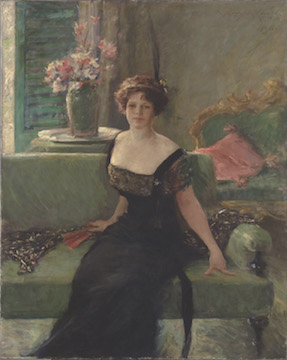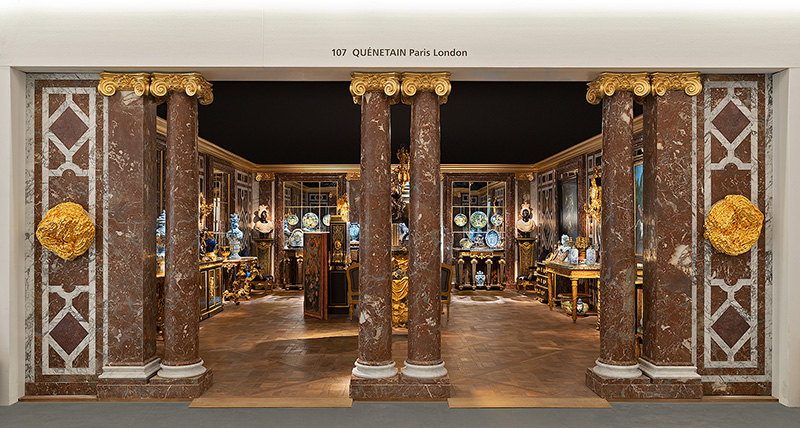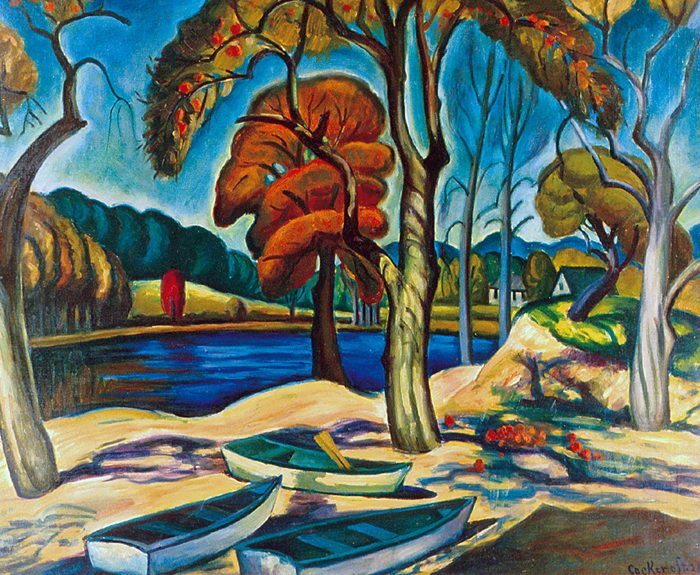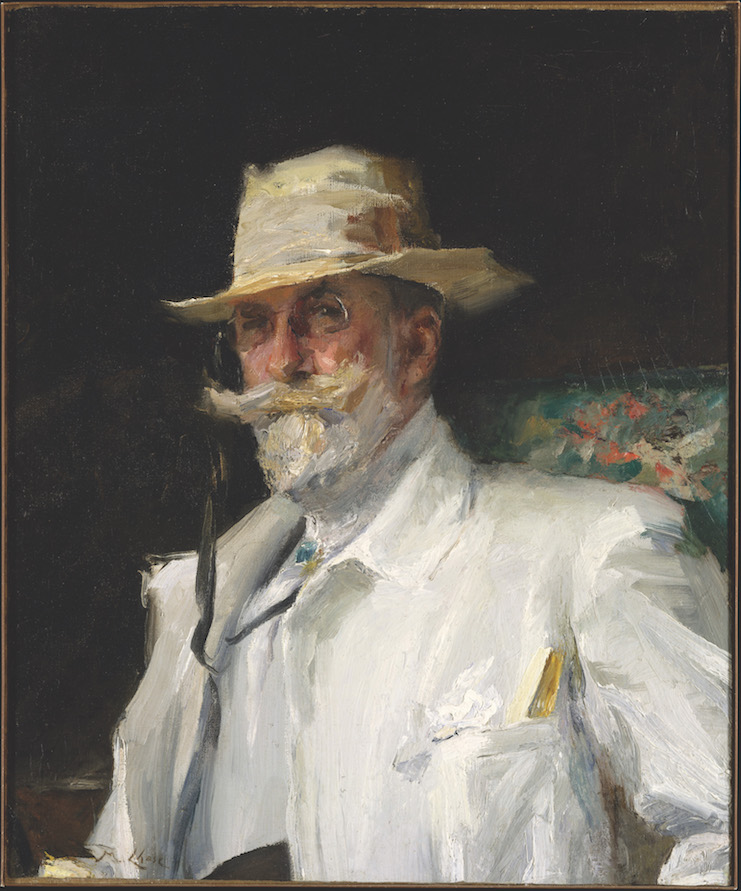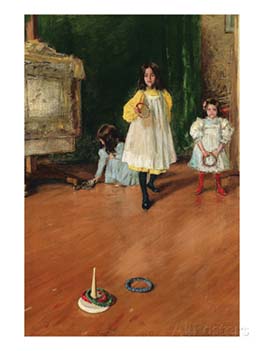In late October 1916 the American impressionist artist William Merritt Chase lay dying at his town house on East Fifteenth Street in Manhattan
Sights Seen at TEFAF Maastricht 2020
Art historian Brian Allen picks his favorites from among the art, antiques, and artifacts on offer next to the Meuse
New Life for a Renaissance Woman from Brooklyn
Back in January, a painting at Skinner Auctions’ sale of American and European Works of Art caught the eye of journalist and historian Eve M. Kahn. It was striking: a seated, semi-nude woman wearing a long, flowing train, tightly cropped and rendered with deft, impressionistic brush strokes. Kahn was eager to learn more about the artist, Edith Varian Cockcroft (1881–1962), but the facts of the Brooklyn native’s life proved elusive.
A portrait takes shape
The artist Annie Traquair Lang begins to emerge from the shadow of her mentor and paramour, William Merritt Chase.
Idle Hours: William Merritt Chase and modern leisure
“Idleness opens up for any one who has eyes to see and a mind to dream a playground of infinite variety,” wrote novelist Arthur Pier in 1904 for the magazine Atlantic Monthly.1 William Merritt Chase had eyes to see the liberating benefits of idleness, and he found motifs of infinite variety in America’s playgrounds. Catching his subjects at rest or …
American artists as they saw themselves
November 2009 | In The American School (Fig. 1) Matthew Pratt portrays himself seated at his easel, the sharp profile of his head silhouetted against the canvas, which bears his signature at bottom left. Holding a palette and maulstick to steady his hand, Pratt presents himself as a painter—an astonishing act of bravado as he had just arrived in England …

